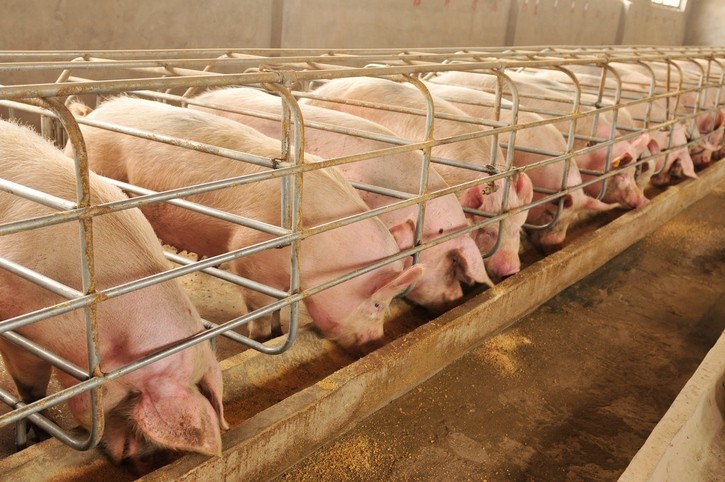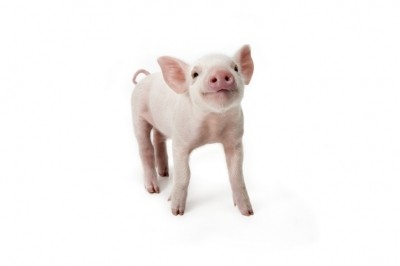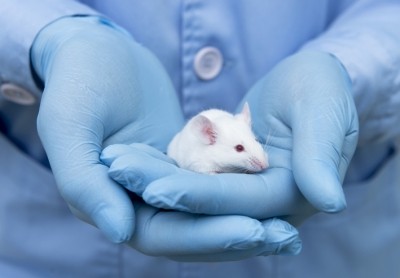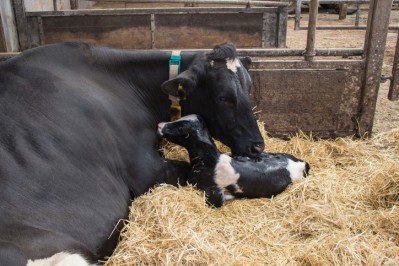Study: Porcine plasma boosts litter performance in mature sows

An international team of researchers from the US and Brazil examined the use of spray-dried porcine plasma (SDPP) in sow diets on sow and litter performance. The team published its work in the journal of Livestock Science.
“The purpose of this cooperative research was to further assess the effects of the addition of SDPP on sow and litter performance during lactation across different stations using various sow lines, environments, and management techniques, and to examine potential differences in response based on sow parity,” the researchers said.
Overall, the researchers determined that the use of SDPP tended to improve the number of piglets weaned, the number that survived, weaning weight and piglet daily weight change for litters from older sows.
“However, when evaluating the entire data set, SDPP inclusion in lactation diets did not affect sow or litter performance,” the researchers said. “These results suggest a need to further evaluate the effect of SDPP in older, mature sows.”
Why spray-dried plasma?
Decrease in feed intake during lactation limits milk production, piglet weaning weights and increases the tissue mobilization in the sow, said the researchers.
Sow weight loss during lactation also can extend the wean-to-estrus interval and reduce reproductive efficiency, they said. Improving feed intake is important for optimum sow and piglet performance.
Spray-dried porcine plasma (SDPP) has been linked to improved feed intake, feed efficiency and growth rate in young pigs, they said. But little is known about the use of the feed ingredient in lactation diets.
Previous studies suggest that adding 0.25 to 0.5% SDPP to the diet of a lactating sow improved feed intake and limited the wean-to-estrus period for young sows while improving weaning weight for piglets, which suggests that it could provide a positive effect on lactation, they said. But more information is needed.
Methods and materials
The feeding trials were conducted as a cooperative regional experiment completed at five experiment stations in Alabama, Kentucky, Oklahoma, Virginia and Brazil, the researchers said. In all, 404 sows were given one of two diets starting at day 110 of gestation.
The two diets included a corn-soybean meal control diet and that diet with 0.5% SDPP, they said. “Both diets were formulated to similar standardized ileal digestible lysine, Ca [calcium], and available P [phosphorous] concentrations,” they added.
Total and average daily feed intake was noted for each sow, they said. Sows were weighed after farrowing and at weaning, the wean-to-estrus interval was recorded and data was sorted by parity to assess sows by age.
Piglets were weighed within 24 hours of birth, after cross-fostering and at weaning, they said. Litter weight gain also was calculated.
Results
Responses by location were similar and no treatment to station interactions was found, the researchers said. Daily feed intake for sows was not altered by the diet given, they said
“Sow total and daily feed intakes were not affected by dietary treatment,” they said. “Likewise, sow weights at d 110 of gestation, post-farrowing, and at weaning were not affected by dietary treatment. Furthermore, neither sow weight change during lactation nor wean-to-estrus interval were affected by dietary treatment.”
The number and weight of piglets at birth, after cross-fostering and weaning were similar for piglets with sows on both diets, they said. Average piglet weight at weaning also was not altered.
Younger sows, those with three or fewer parities, demonstrated no change on sow or litter performance, they said.
However, for sows with four or more parities there was a change in piglet performance, the researchers said, adding “In parity 4 and greater sows, SDPP addition tended to increase the number of pigs weaned, litter weaning weight, and daily litter weight gain while not affecting feed intake.”
“In older, mature sows, SDPP tended to increase the [number] of pigs weaned (9.6 vs. 10.3), percentage survival (86 vs. 91), litter weight at weaning (64.5 vs. 70.3 kg), and daily litter weight change (2.20 vs. 2.47 kg),” they said. “Overall, these data suggest no benefit of inclusion of spray-dried porcine plasma in lactation diets of younger sows; however, SDPP increased litter performance in older, mature sows.”
Source: Livestock Science
Title: Effects of inclusion of spray-dried porcine plasma in lactation diets on sow and litter performance
Authors: S. Carter, M. Lindemann, L. Chiba, M. Estienne, G. Limae
DOI: doi.org/10.1016/j.livsci.2018.05.007















